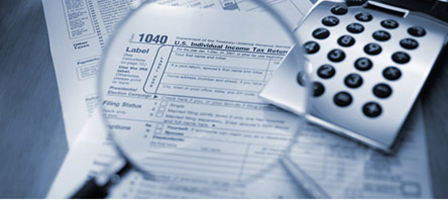EXCLUSION OF GAIN FROM A TAXPAYER’S MAIN HOME
Unless they meet the reduced exclusion qualifications, taxpayers must meet ownership and use tests in order to qualify for exclusion of gain. This means that during the 5-year period ending on the date of the sale, taxpayers must have:
1) Owned the home for at least 2 years (if a joint return only one spouse need meet the ownership test), and
2) Except for short temporary absences, lived in (used) the home as their main home for at least 2 years.
The required 2 years of ownership and use during the 5-year period ending on the date of the sale do not have to be continuous. Taxpayers meet the tests if they can show that they owned and lived in the property as their main home for either 24 full months or 730 days during the 5-year period ending on the date of sale.
Temporary Absence: Generally, a temporary absence would be for illness, education, business, vacation, military service, etc., for less than one year and the taxpayer intends to return to the home, and continues to maintain the home in anticipation of such return.
Selling Land that is Part of Your Home: Special rules apply to the sale of land on which a taxpayer’s main home is located and may or may not qualify for exclusion.
Maximum Exclusion: A taxpayer can exclude the entire gain on the sale of their main home up to:
1) $250,000, or
2) $500,000, if all of the following are true:
a) The taxpayers are married and file a joint return for the year.
b) Either the taxpayer or the taxpayer’s spouse meets the ownership test.
c) Both the taxpayer and taxpayer’s spouse meet the use test.
d) During the 2-year period ending on the date of the sale, neither the taxpayer nor the taxpayer’s spouse excluded gain from the sale of another home.
e) Since 2009, there were no “nonqualified use periods.”








Leave a Reply
Want to join the discussion?Feel free to contribute!